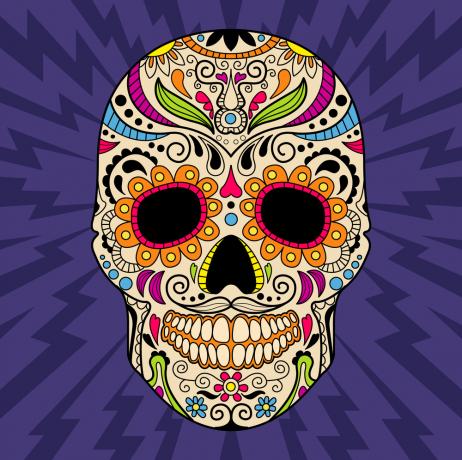The Christmas tree is one of the symbols most popular of Christmas celebrations.
Normally, the Christmas tree can be a Pine or same artificial (made of plastic and in many different colors). In keeping with tradition, families decorate the tree with objects that symbolize Christmas, such as colored balls, pine trees, artificial snow and colored lights.

O pine symbolizes life, as it is one of the few trees that always stays green, even during winter, when most trees lose their leaves.
The custom of decorating Christmas trees is common among Catholics, Protestants, Orthodox and even atheists or agnostics.
Origin of the Christmas Tree
The tradition of using trees to decorate houses dates back to antique. Egyptians, Celts, Romans and even Vikings used to bring these plants indoors.
Trees were used as decoration in the Winter Solstice and symbolized that, at the end of that season, the sun would reappear and the plants would grow back.
But despite having been used for centuries, it was around the 1500s that Christmas trees became a Christian custom. Historians attribute this tradition to the
Martin Luther.The Germans, at that time, were in the habit of decorating houses with wooden pyramids and tree leaves. According to legend, while walking through the forest, Luther was enchanted by the sight of a snow-covered pine tree and under the glow of stars in the sky.
When he got home, he tried to reproduce for his family the beautiful image he had seen, using branches from a pine tree, cotton wool (to symbolize snow) and some candles imitating the stars.
The Christmas tree tradition did not spread quickly across Europe. It was only in 1846, after the publication of an illustration of the queen victoria and of Prince Albert with his children around a Christmas tree full of presents, which people from other countries started to use.

Illustration of Queen Victoria with her family around a Christmas tree.
In Brazil, the custom of decorating Christmas trees among Christians only appeared at the beginning of the 20th century.
Day to assemble the Christmas tree
At the Brazil, the tradition is to assemble the Christmas tree on the fourth Sunday before Christmas, that is, at the beginning of Advent. In Portugal, the trees begin to be assembled on December 8th, the Day of the Immaculate Conception.
US U.S it is customary to prepare the Christmas tree right after Thanksgiving, which takes place on the 4th Thursday of November.
Tradition advises not to assemble the Christmas tree at once, but to assemble it little by little. From December 17th onwards, final preparations must be made so that the tree is complete by December 24th, Christmas Eve.
Traditionally, the Christmas tree is dismantled on January 6th, Kings' Day. This is the day the wise men arrived in Bethlehem after the birth of Jesus Christ.
One of the most important decorations on the tree, in fact, is the star of Bethlehem, placed at the top. According to the biblical stories, it was the Star of Bethlehem who guided the wise men to the birthplace of Jesus.

See also the meaning of Christmas, Star of Bethlehem and Santa Claus.



